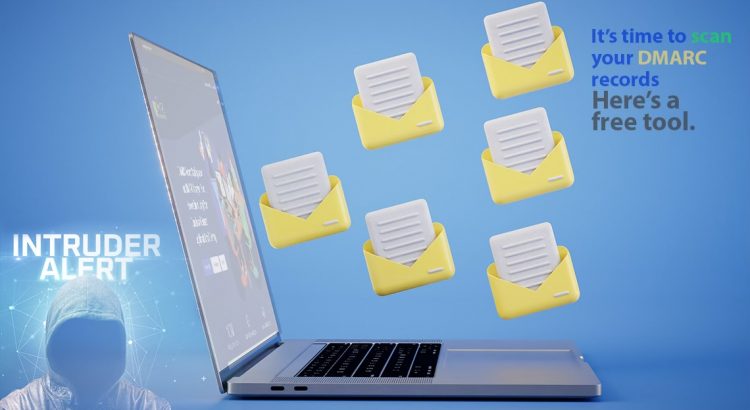Check your DMARC now: Here DMARC Check Tool is a fast, easy tool to quickly check your DMARC settings. DMARC Check serves as a valuable diagnostic tool, specifically designed to analyze the DMARC Record associated with a given domain name. Its functionality includes parsing the DMARC Record, displaying it, and conducting a comprehensive set of […]
Category: What is DMARC?
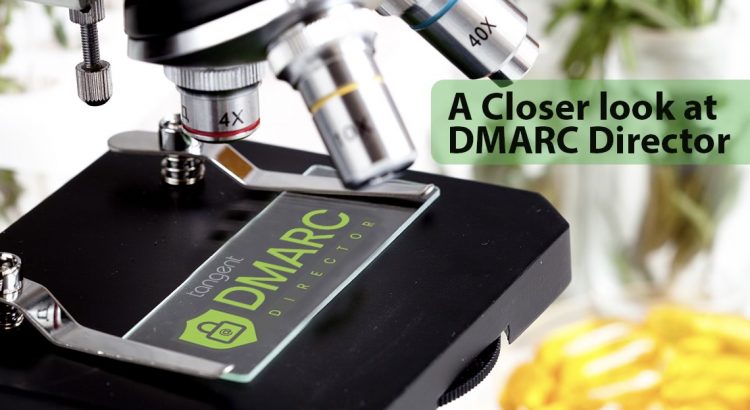
A Closer look at DMARC Director
In an era where cyber threats are ever-evolving, organizations face numerous challenges in safeguarding their digital assets. Email, being a common communication channel, is often exploited by malicious actors to launch phishing attacks and spread malware. To combat these threats effectively, businesses need robust email security measures, such as DMARC (Domain-based Message Authentication, Reporting, and […]
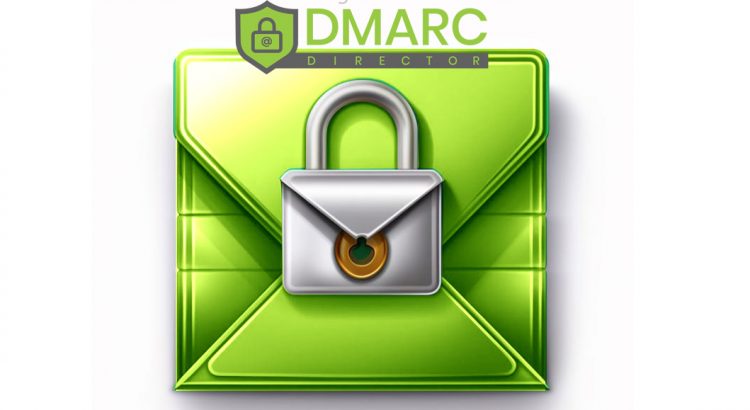
Understanding DMARC: Enhancing Email Security with DMARC Checker
In today’s digital age, email continues to be a primary communication channel for businesses and individuals alike. However, email-based cyber threats, such as phishing and spoofing attacks, pose significant risks to organizations and individuals. To combat these threats and enhance email security, protocols like DMARC (Domain-based Message Authentication, Reporting, and Conformance) have emerged. In this […]
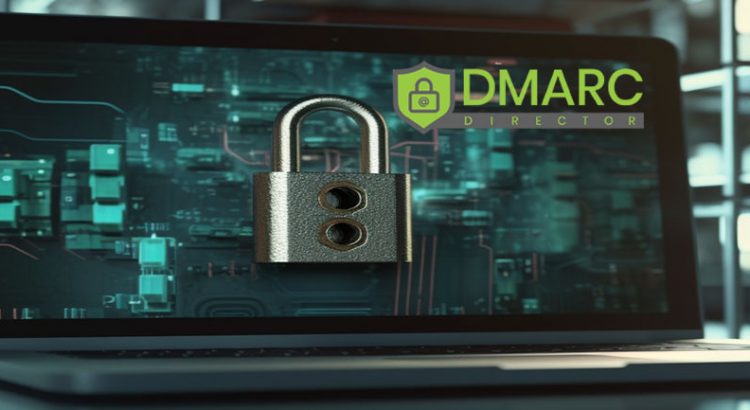
Protecting Your Business from Email Fraud with DMARC
Why a DMARC Business SaaS Solution is Worth the Investment DMARC, which stands for Domain-based Message Authentication, Reporting, and Conformance, is an email authentication protocol that helps protect your domain from email fraud and phishing attacks. It provides email domain owners with the ability to indicate that their emails are protected by SPF (Sender Policy […]
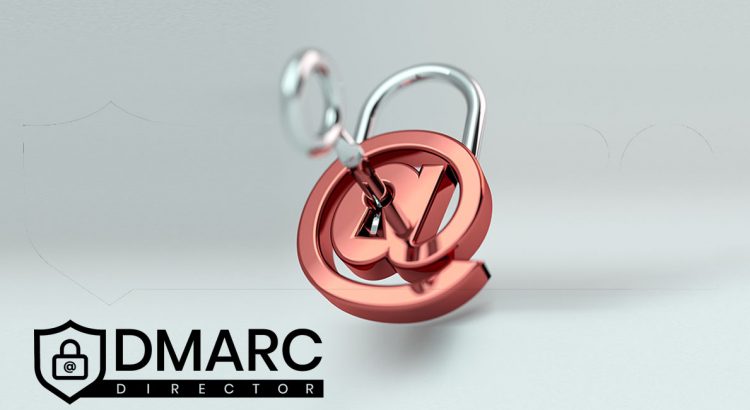
DMARC: The Ultimate Guide to Email Authentication
Email authentication is a critical aspect of email security. It helps ensure that the emails you send and receive are legitimate and not forged or spoofed. DMARC (Domain-based Message Authentication, Reporting, and Conformance) is one of the most effective email authentication protocols that organizations can implement to prevent email fraud and protect their brand reputation. In this […]
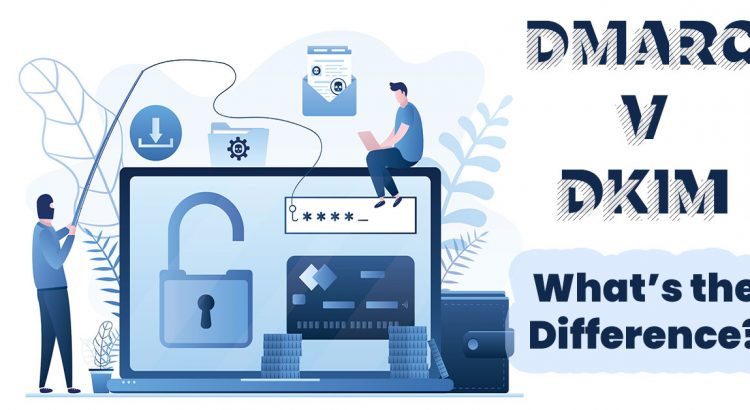
What is the difference between DKIM and DMARC?
As the number of cyber-attacks increases, it is essential to implement robust email authentication protocols to protect sensitive information from being accessed by unauthorized parties. Two such authentication protocols are DKIM (DomainKeys Identified Mail) and DMARC (Domain-based Message Authentication, Reporting, and Conformance). Although both these protocols are used to verify the authenticity of email messages, […]

Why Do I Need DMARC Configured?
DMARC, or Domain-based Message Authentication, Reporting, and Conformance is a crucial email authentication protocol that helps protect email senders and recipients from spam, phishing, and other types of email fraud. If you’re a business owner or administrator responsible for managing email for your organization, you may have heard of DMARC and wondered why it’s important to have […]
How DMARC Protects Businesses
Did you know that one email in every 99 is a phishing attack? Or that around 25 percent of these emails usually make their way into inboxes? And the worst thing is that more than 97 percent of people can’t identify what a spam email looks like. So, many of them fall for socially engineered […]
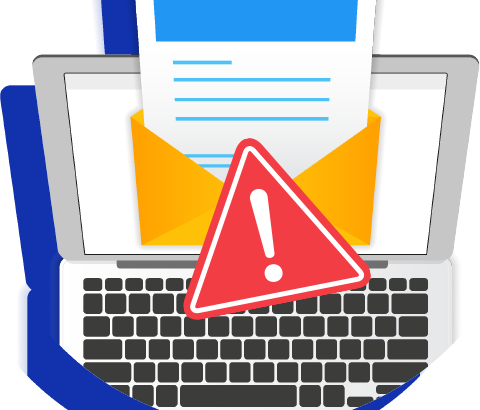
DMARC: A Simple Solution to Avoid Spam
Are you wondering how DMARC is a simple solution to avoid spam? Here is a thorough explanation of what DMARC is, how it helps to prevent spam, and why your business requires it for security. What is DMARC? DMARC stands for Domain-Based Message Authentication, Reporting, and Conformance Solutions, which is used to make email communication […]
